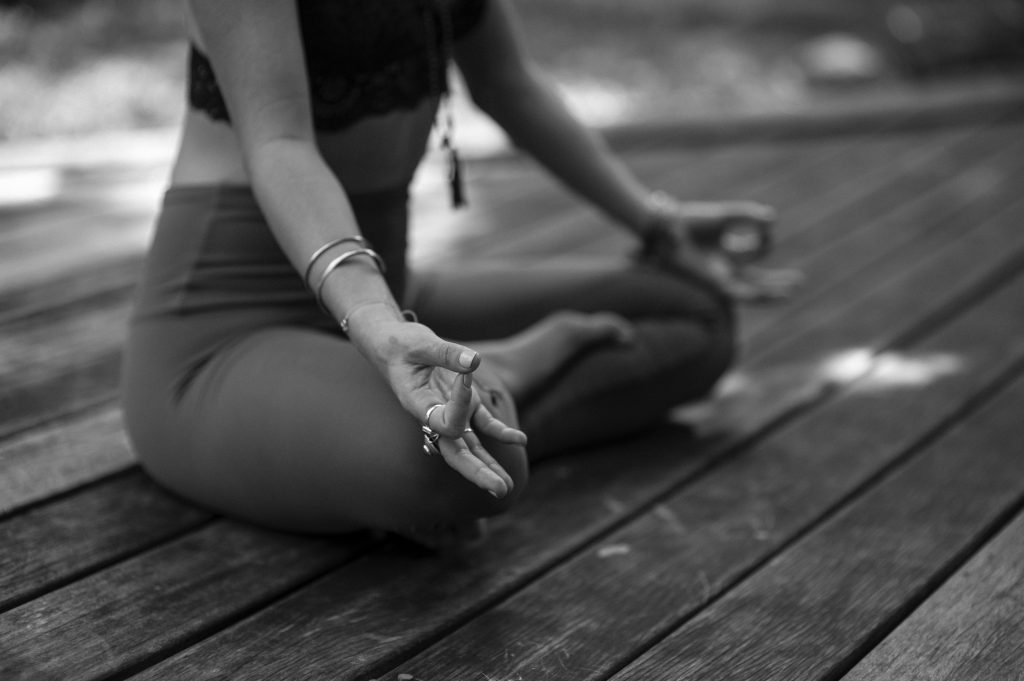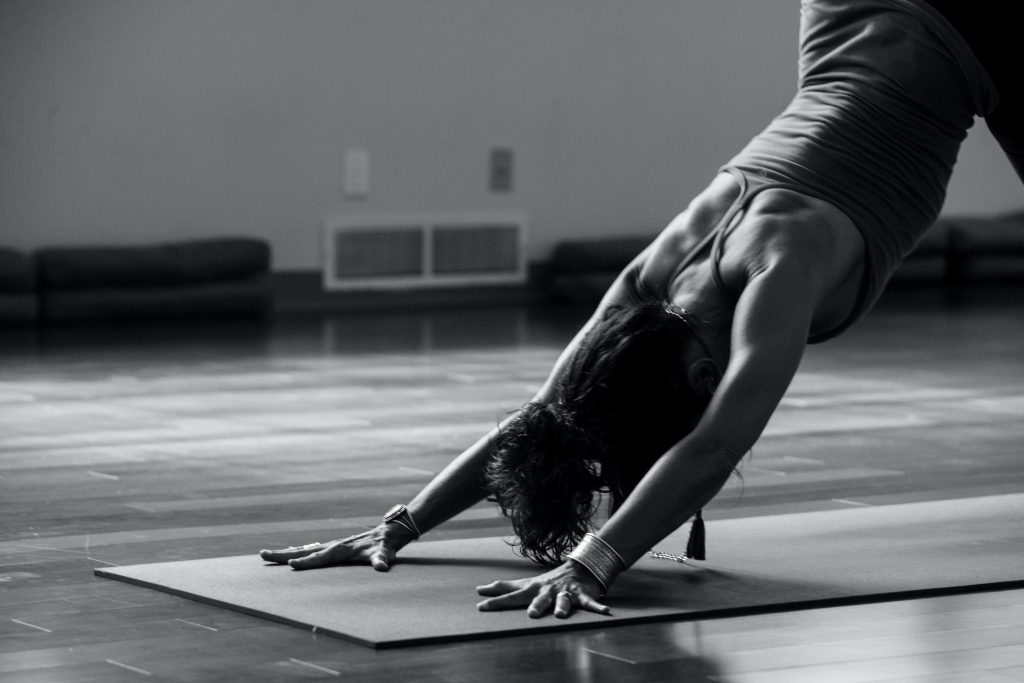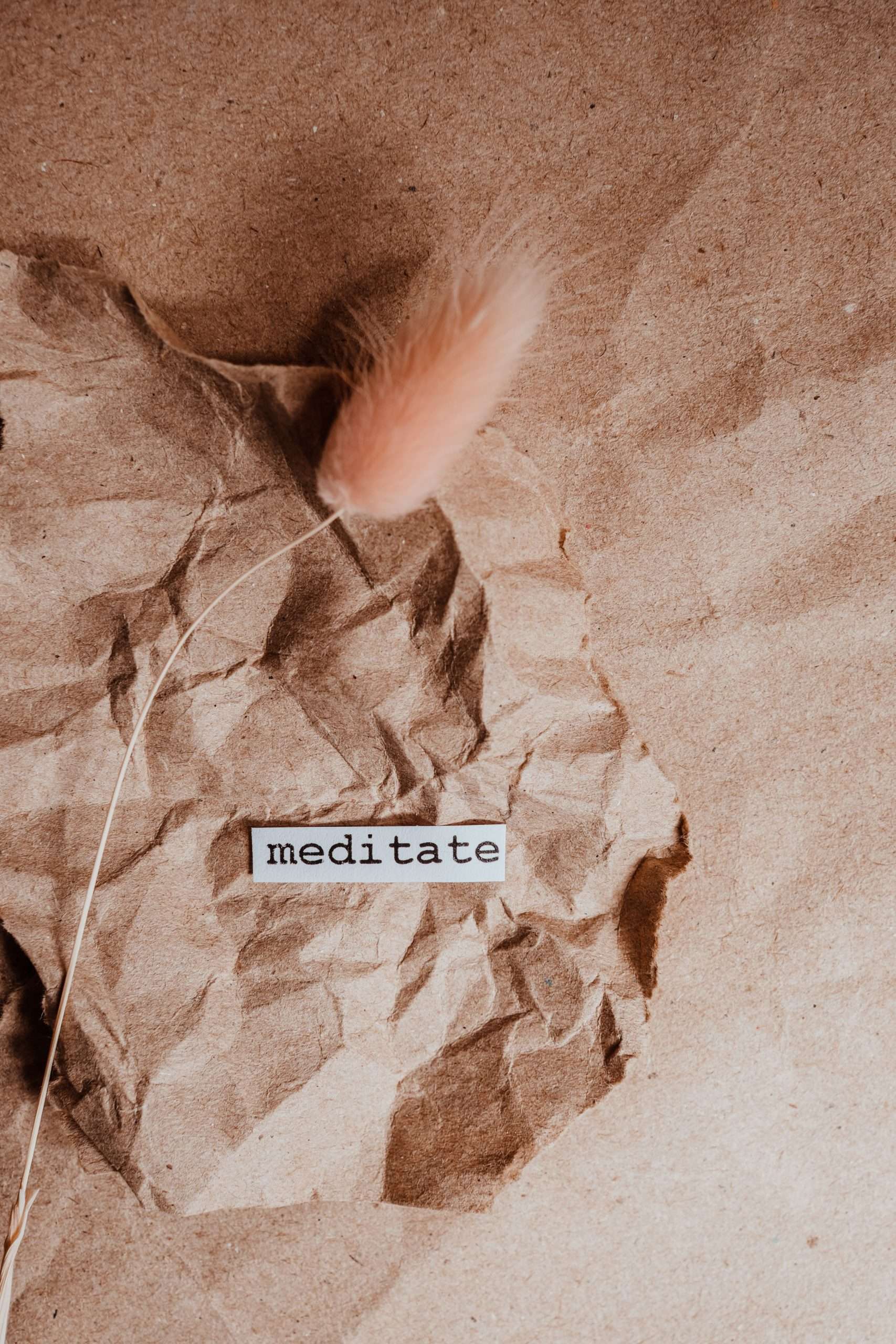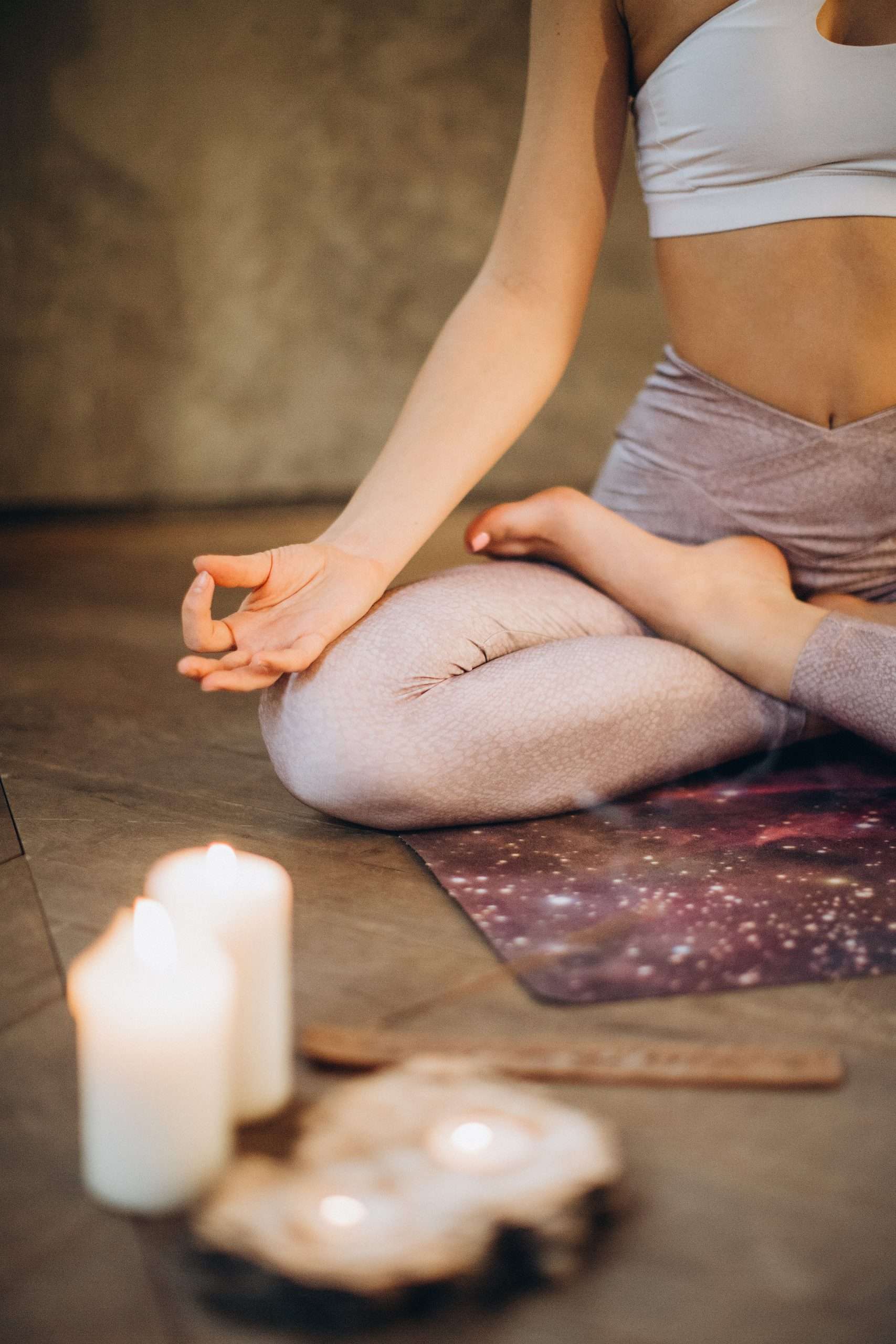Mindfulness: An Introduction and 5 Mindfulness Practices
Mindfulness has become an increasingly popular term in recent years, but what exactly does it mean and what actually are mindfulness practices? At its core, mindfulness is a state of being fully present and engaged in the current moment, without judgment or distraction. It is a way of paying attention to our thoughts, feelings, and surroundings with an open and curious mindset.
In this blog article, we will explore the concept and benefits of mindfulness, share five useful forms of mindfulness practices, and how to practice these in everyday life.
Download my FREE guide “Introduction to Mindfulness” for easy-to-follow steps, worksheets, and prepared meditation practices!

What is Mindfulness?
Let me begin by saying what mindfulness is not. Mindfulness is not a religious practice, the act of emptying our mind, or the need to meditate for hours on end.
Interestingly so, “mindfulness” is the exact opposite of being mind-full. When we’re mind-full, we have a stream of random thoughts that hop from one train of thought to another, which results in our minds being full of fluff that doesn’t serve us. Instead, mindfulness teaches us to focus on one thing, to be fully present, to draw the attention inward, and to slow down that endless stream of random thoughts.
As stated above, mindfulness is the practice of being fully present and engaged in the moment. It involves paying attention to our thoughts, feelings, and surroundings without judgment, and without getting caught up in them.
Mindfulness is often associated with meditation, but it can also be practiced in everyday activities. Mindfulness can be defined as the awareness that arises when we intentionally pay attention to our experiences in the present moment, with kindness and curiosity. To me, mindfulness means bringing simplicity back into our lives, being really engaged with the smallest hands-on activity, such as brushing our teeth.
The Origins and Benefits of Mindfulness
The concept of mindfulness has its roots in Buddhism, where it is known as sati. Sati is one of the seven factors of enlightenment, and is considered a crucial aspect of Buddhist practice. In the Western world, mindfulness was popularised by Jon Kabat-Zinn in the 1970s, who developed the Mindfulness-Based Stress Reduction (MBSR) program.
The MBSR program is a structured eight-week course that teaches participants how to cultivate mindfulness through various practices, such as meditation, yoga, and body scan exercises. Since its development, MBSR has been used to help people manage a variety of mental and physical health conditions, including anxiety, depression, chronic pain, and insomnia.
As you can see, a mindfulness practice can have numerous benefits, which are physical, mental, and emotional. For example, a mindfulness practice can reduce stress. Lower stress levels result in various physical and mental benefits such as: reduced anxiety, lower blood pressure, reduced inflammation, and improved sleep quality.
Mindfulness can also lead to better interpersonal relationships through mindful communication that is non-judgmental. Similarly, mindfulness can help cultivate a better intrapersonal relationship with yourself through increased self-awareness and more self-acceptance.
Different Forms of Mindfulness Practices
Are you now thinking, “well, I want me some of that?” Perfect, because we will now look at five different forms of mindfulness with some examples of how you can integrate these into your daily life.
We can achieve a state of presence, awareness, non-attachment, and non-judgment in a number of different ways. That is why mindfulness can take many forms, including formal meditation practices, informal daily habits, and specific techniques for managing stress and anxiety. Some examples of mindfulness practices include:
1. Seated Meditation
Seated meditation involves finding a quiet and comfortable place to sit in, focusing your attention on your breath or a specific object, and bringing your attention back to the present moment whenever your mind wanders. Remember to practice meditation without judgment and to always be kind to yourself.
Although mindfulness and meditation are not synonymous, meditation can be a helpful tool for mindfulness newbies, as it requires us to be more still and focused than we might otherwise be. Simply sitting and focusing on our breath for a few minutes can therefore be an easy go-to mindfulness practice for anyone.
How to practice your seated meditation:
Find a comfortable seat on the floor, on a yoga block, or on a cushion. Sit upright without being rigid. Set yourself a timer, so you do not have to keep an eye on the clock. Begin with about three to five minutes, and simply focus on your breath. Follow each inhale and exhale, noticing the rise and fall of your chest as you breathe. When you notice your thoughts drifting, simply come back to your breath. Start with just a few minutes at a time and gradually increase your meditation as you become more comfortable.

2. Body Scan Meditation
A body scan involves lying down or sitting comfortably and bringing your attention to different parts of your body, noticing any sensations or tension, and releasing it. You can do a body scan right after waking up, while you’re still lying in bed, or last thing at night, before you go to sleep. A body scan meditation is more interactive. Due to its connection to our physical body, it can be easier for some of us than merely sitting in meditation.
How to practice your body scan meditation:
I recommend lying down on a yoga mat or in your bed at the beginning. Start with placing your attention on your feet and moving up along every part of your body. With every inhale, focus on one body part, and with every exhale actively release any tension you may hold. You can even tense the muscle or body part for a moment as you focus on it and then actively relax that body part with your exhale.
3. Mindful Movement
Yoga is the perfect mindful movement practice. The act of synchronising breath and movement while focusing on alignment in the poses is an ideal mindfulness exercise. Remember to connect each movement to either an inhale or an exhale. Breathe deeply, creating an ocean-sound with the breath to help quieten the mind.
Savasana at the end of our yoga practice provides a great opportunity for a mini meditation (instead of just falling asleep 😉). It is also a good moment to practice the body scan meditation, actively placing attention on different body parts and releasing any tension that may appear.
How to practice mindful movement:
Check out my articles Easy 15-Minute Beginner Yoga Flow Sequence, Yoga for Beginners: 8 Basic Yoga Poses, and 5 Poses in Yoga for Opening the Hips.
Another mindful movement practice can be going for a walk. Focus on your feet on the ground, the air on your face or any smells you might notice. The key is to bring your full attention and curiosity to the present moment.

4. Mindful Eating
Mindful eating involves paying close attention to the taste, texture, and sensations of eating, without distractions like phones, Netflix, or your work laptop. In our society nowadays doing anything mindfully can be really challenging. Let’s all make it our goal to eat mindfully.
By the way: this is also a great tool for weight management! It takes our stomach 20 minutes to register to our brain that it is full. By eating mindfully, we give our bodies time to send us this signal, which can help us control our portions better and start to develop a better body awareness.
How to practice mindful eating:
Create a peaceful environment for your meals, away from televisions or other obvious distractions. Make sure you’re seated comfortably. Take small bites and chew each bite about 20 times. As you do, focus on the taste, the smell, and the texture of your food. You can even name one or two tastes that you can distinguish.
5. Mindful communication
Mindful communication involves actively listening to others, noticing your own reactions and biases, and responding with compassion and openness. Remember that mindfulness is observing any situation, moment, or feelings without judgment. The art of non-judgment, or compassion, should be practiced towards oneself and others.
Note: Who do you talk to the most? You might now say your partner or best friend. But no. The one we talk to the most is ourselves. Be mindful of the communication you have with yourself. Only from a place of non-judgment and compassion for ourselves can we bring this onto others.
How to practice mindful communication:
I recommend starting with a mindful communication with yourself first. Notice the conversations going on inside your head. Any time you automatically fall into a pattern of “I can’t do this” or “I’m not good enough” or similar thought patterns, catch yourself. Take a deep breath and replace these phrases with positive and compassionate self-talk, such as “I am doing my best” or “I can fail and start again” or “I am worthy and capable”.
Once this kind of compassionate self-talk becomes easier, practice it toward others, as well. Listen, when someone speaks. Pay full attention to them without checking your phone or running through your to-do list in your head. Before responding, be mindful of any judgment or biases, and respond with compassion and kindness.

What sounds simple can indeed be challenging, but the more we change our habits and behaviors, the more we re-wire our brains, and acting in accordance with our values can become easier. Remember, it is a mindfulness practice – it is not an art we have to master, but simply tools to bring more calmness, serenity, and compassion into our lives.
Download my FREE guide “Introduction to Mindfulness” for easy-to-follow steps, worksheets, and prepared meditation practices!
You got this,
Keep sparkling ✨






